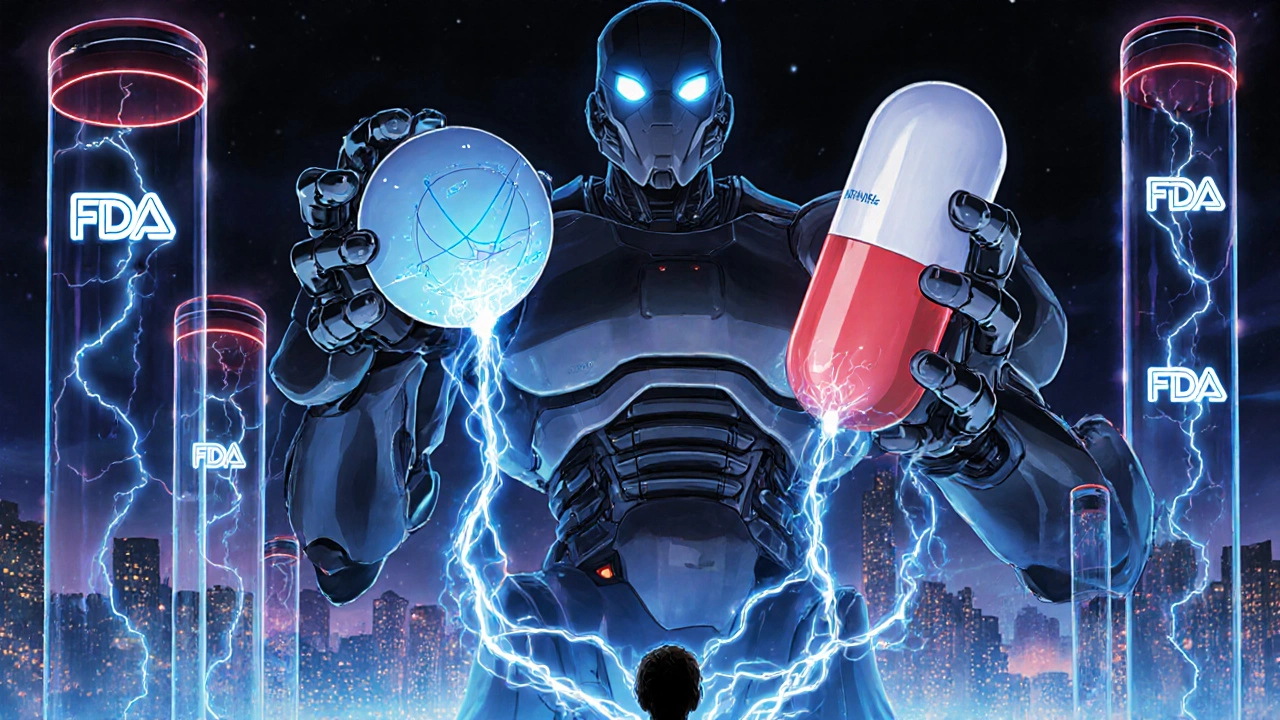FDA Requirements: What You Need to Know About Drug Approval and Safety
When you pick up a pill at the pharmacy, whether it’s brand-name or generic, you’re relying on FDA requirements, the set of scientific and legal standards enforced by the U.S. Food and Drug Administration to ensure drugs are safe, effective, and consistently manufactured. Also known as drug approval standards, these rules are the backbone of every medication you use — and they’re not just paperwork. They’re the reason your generic ibuprofen works just like Advil.
FDA requirements don’t just check if a drug works — they make sure it works the same way every time. For generic drugs, that means proving bioequivalence, a technical process that shows the generic version delivers the same amount of active ingredient into your bloodstream at the same rate as the brand-name drug. Also known as generic drug equivalence, this isn’t guesswork. It’s measured through blood tests tracking Cmax and AUC — numbers that tell regulators if the drug hits your system the same way. If those numbers don’t match within strict limits, the FDA won’t approve it. That’s why you can trust a $5 generic instead of a $50 brand-name version — the science says they’re the same.
But FDA requirements go beyond just matching active ingredients. They also cover how the drug is made, stored, labeled, and even how it interacts with other medicines. For example, if a drug like sirolimus, an immunosuppressant used after organ transplants, can delay wound healing, the FDA requires that risk to be clearly stated. Or if a medication like chloroquine, once used for malaria and later falsely promoted for other conditions, loses effectiveness or becomes dangerous, the FDA updates its guidance — and pulls back approvals when needed.
These rules aren’t perfect, but they’re the most consistent system in the world for protecting patients. They’re why you won’t find untested herbal creams labeled as cancer cures on U.S. pharmacy shelves, and why your antihistamine like Zyrtec has to prove it works better than a sugar pill before it hits the market. They’re why drug interactions between HIV meds and antibiotics are studied in detail — because one wrong combo can be deadly.
What you’ll find below is a collection of real-world examples showing how FDA requirements shape what’s available to you. From how generic drugs are tested to why some medications get pulled, from storage rules in humid climates to how clinical trials still miss key populations — these posts cut through the noise. No fluff. Just what you need to know to understand what’s in your medicine cabinet — and why.

